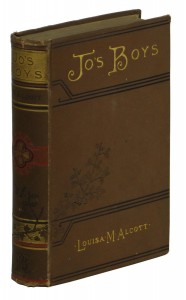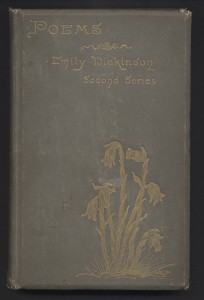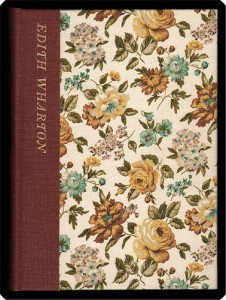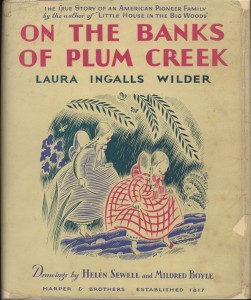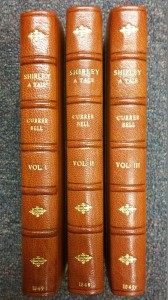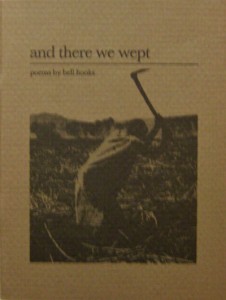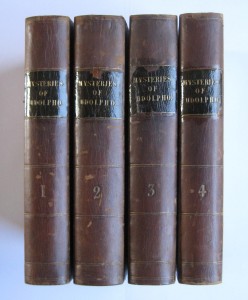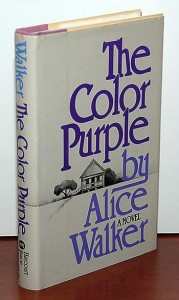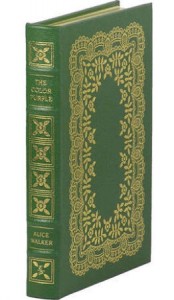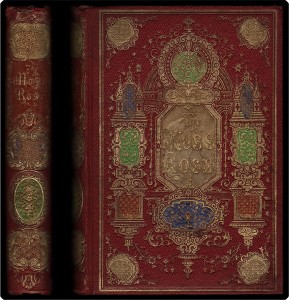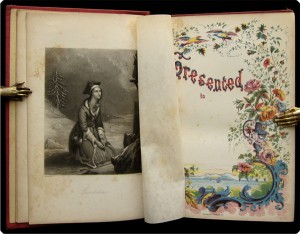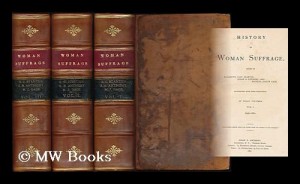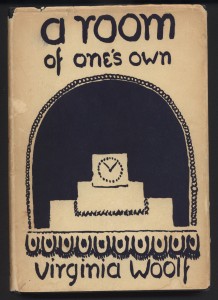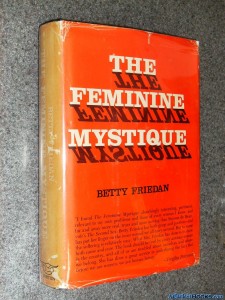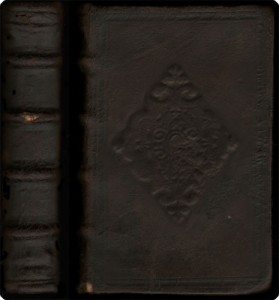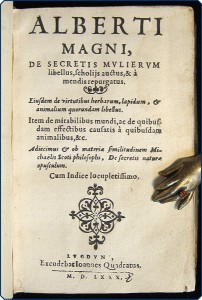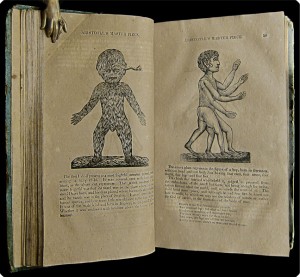This is the fifth and final report on how we spent the $10,000 gift we received from the Woman’s Educational Society:
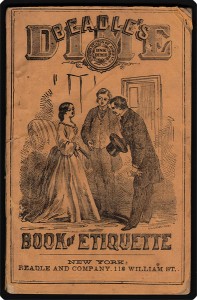 Irwin P. Beadle. Beadle’s Dime Book of Etiquette: A Practical Guide to Good Breeding. New York: Beadle & Adams, [ca. 1890]. Revised and enlarged edition. A manual for behaving properly in society, useful for understanding the history of gender. We learn that “some men have a mania for Greek and Latin quotations; this is a peculiarity to be avoided. Nothing is more wearisome than pedantry.” Ladies, on the other hand, should “always maintain a dignity of character, and never condescend to trifle” in conversation.
Irwin P. Beadle. Beadle’s Dime Book of Etiquette: A Practical Guide to Good Breeding. New York: Beadle & Adams, [ca. 1890]. Revised and enlarged edition. A manual for behaving properly in society, useful for understanding the history of gender. We learn that “some men have a mania for Greek and Latin quotations; this is a peculiarity to be avoided. Nothing is more wearisome than pedantry.” Ladies, on the other hand, should “always maintain a dignity of character, and never condescend to trifle” in conversation.
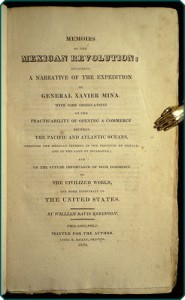 Robinson, William Davis. Memoirs of the Mexican Revolution: Including a Narrative of the Expedition of General Xavier Mina. Philadelphia: Lydia R. Bailey, 1820. First edition, edges untrimmed. Lydia R. Bailey (1779-1869) was the first woman printer in Philadelphia, inheriting her husband’s floundering press in 1808. (She was followed soon after by Jane Aitken (1810) and Ann Cochran (1812). Under Bailey’s management, the press thrived for five decades. At its peak, it employed forty workers and was one of the largest printing establishments in the city. (For more information, see Loena M. Hudak’s Early American Women Printers and Publishers, Scarecrow Press, 1978.)
Robinson, William Davis. Memoirs of the Mexican Revolution: Including a Narrative of the Expedition of General Xavier Mina. Philadelphia: Lydia R. Bailey, 1820. First edition, edges untrimmed. Lydia R. Bailey (1779-1869) was the first woman printer in Philadelphia, inheriting her husband’s floundering press in 1808. (She was followed soon after by Jane Aitken (1810) and Ann Cochran (1812). Under Bailey’s management, the press thrived for five decades. At its peak, it employed forty workers and was one of the largest printing establishments in the city. (For more information, see Loena M. Hudak’s Early American Women Printers and Publishers, Scarecrow Press, 1978.)
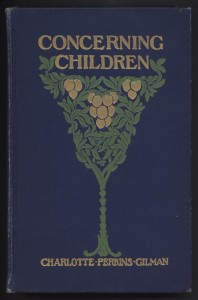 Charlotte Perkins Gilman. Concerning Children. Boston: Small, Maynard, 1900. This is the fourth book by Gilman, best known for her short story “The Yellow Wallpaper” and her novel Herland. In it, she argues that mothers and children would both benefit from group childcare centers. The decorative binding, signed “MLP,” is by Marion Louise Peabody.
Charlotte Perkins Gilman. Concerning Children. Boston: Small, Maynard, 1900. This is the fourth book by Gilman, best known for her short story “The Yellow Wallpaper” and her novel Herland. In it, she argues that mothers and children would both benefit from group childcare centers. The decorative binding, signed “MLP,” is by Marion Louise Peabody.
THANK YOU, W.E.S.!!!

